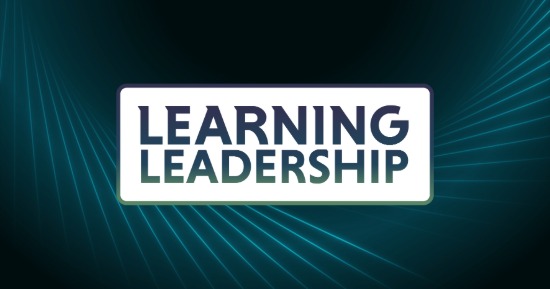“Theproblem with most learning objectives is that they tend not to relateto anything anyone will actually be able to do in this world.”Roger Schank, Lessonsin Training, Learning, and eLearning.
Editor’s Note: Parts of this article may not format well on smartphones and smaller mobile devices. We recommend viewing on larger screens.
Thelearning objectives of your program will drive the design. What arethe desired performance outcomes? It can be hard to keep these insight when caught up in designing. And it can be challenging todevelop objectives that support real-world performance. “Academic”objectives, such as, “The participant will list, define,
describe.. .”are easy to write, and they’re easy to teach to (lecture, bulletedslides), and they’re easy to test (matching, multiple choice). Butis any learning taking place that will be of any use in theworkplace? I’ve never had a boss ask me to “list” anything.
Bloom’s Taxonomy
I’mguessing that readers involved in training and instructional designhave at least a passing knowledge of Benjamin Bloom’s taxonomy ofobjectives, which describes learning in terms of level ofabstraction. If you envision Bloom’s ideas as a ladder moving upthrough levels of sophistication, the lowest level, remembering,addresses only recall and provides training that asks learners to dolittle more than recite a series of steps in a process or memorizesome definitions of terms.
Theremaining climb up the ladder would include, in order, understanding,applying, analyzing, evaluating, and, finally, creating. (This is anextremely truncated explanation, meant as a quick reminder for thosewith a background with Bloom; I encourage those unfamiliar with hiswork to Google about for more.)
More than one kind of learning
Bloomfurther refined his thinking to include the concept of learningdomains. He identified three: cognitive, psychomotor, and affective.In the training vernacular we often restate this in terms ofobjectives: What do you want learners to know? What do you want themto do? And how do you want them to feel? What might look like a verystraightforward topic could very well include all three domains.
Consider,for instance, a program on using fire extinguishers. You want thelearners to knowwhere the extinguisher is located as well as other basic fire-safetyprocedures. You want them to dobyusing the extinguisher correctly. And you want them to feelconfident that they can handle this task without panicking.
Othertopics may involve only one domain: learning to use a new officecopier very similar to the old one may involve only the psychomotordomain, while using a very different model might touch the cognitiveas well as the psychomotor domains. Leadership training may employ agood many strategies aimed at the cognitive and affective domains,but require little in the way of psychomotor skills.
Beyond the cognitive domain
Afailing of many learning programs (and live training, too, in myexperience) is focusing exclusively on the cognitive domain – seeTable 1. It’s where we get hours and hours of lecture in theclassroom, and screen after screen of content online. Again: talkingis easy. Presenting bullet points is easy. Figuring out how to reachthe other domains – to provide psychomotor practice or to elicit anemotional response – is your challenge in developing effectiveeLearning.
Table 1. Matching Outcomes To Strategies | |||
OUTCOME | SOME STRATEGIES | RATIONALE | SPECIFICS |
If you want … | Then try… | Because this will encourage… | (And here are some ideas; all can be done online) |
Remembering
|
|
|
|
Understanding
|
|
|
|
Applying
|
|
|
|
Analyzing
|
|
|
|
Evaluating
|
|
|
|
Creating
|
|
|
|
Some material adapted from Bozarth, J.(2008) Better than Bullet Points: Creating Engaging eLearning withPowerPoint. San Francisco: Pfeiffer.








